Therefore, his research on this field introduced in Vietnamese History from source documents (translated and compiled by Nguyen Manh Son, recently published by Da Nang Publishing House) is an extremely valuable source of information.
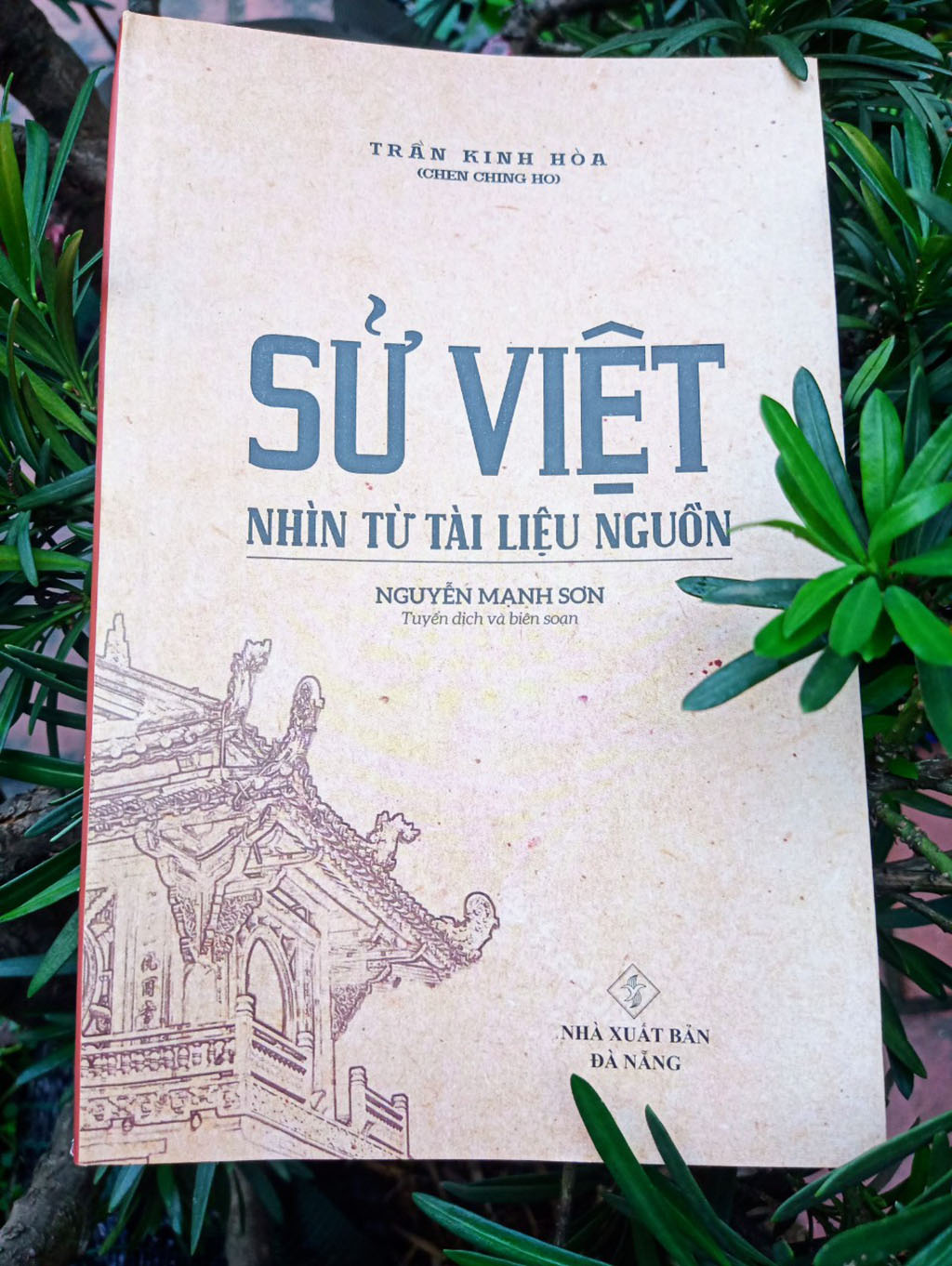
Cover of Vietnamese History book seen from source documents
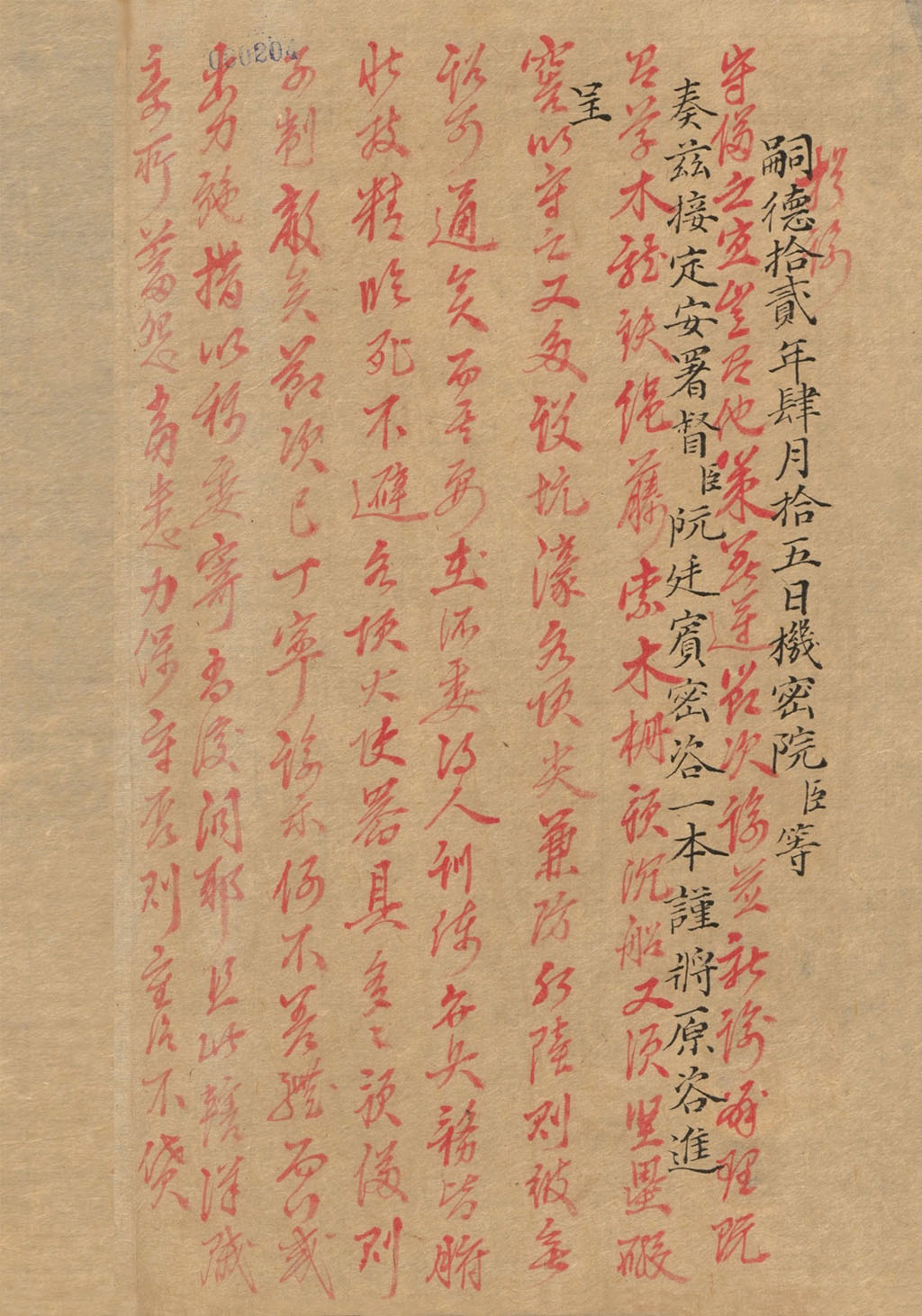
King Tu Duc's comments in the Nguyen Dynasty's Royal Records
TL NATIONAL ARCHIVES CENTER 1
BASIC HISTORICAL DOCUMENTS ON MODERN HISTORY OF ANN AMERICA
In the article Miscellaneous notes during a field trip to research Thuan Hoa citadel ( Hue ) , in 1944, Professor Chen Ching Ho accessed information about the Nguyen Dynasty's Imperial Records. Professor Ho said: "Most of the Imperial Records have been edited in chronological order, bound into a volume every three months or half a year, stamped with red vermilion, collected in the empty spaces in the history office, arranged in order from Emperor Gia Long down through the dynasties of emperors. However, any box of books has been granted an imperial decree, so without an imperial decree of approval, no one can read it. Only when compiling the real records can there be an imperial decree of approval to open the seal, but only the necessary parts can be read."
Through studying the royal records, Professor Ho commented: "The revision of the national title, according to the imperial edict of Emperor Minh Mang, "Dai Nam" is just an abbreviated name of "Dai Viet Nam Quoc", but this is clearly something created from the foundation... that Emperor Minh Mang was nurturing. Of course, the national title "Dai Nam" is only limited to domestic use, for official documents sent to the Qing Dynasty, the name "Viet Nam" is still used. As for the two words "Thuc luc", not written "實錄" but written "寔錄" is due to taboo. However, after further research, Professor Chen Ching Ho discovered and analyzed: "There is no need to mention the creation and popularization of "Nom script", when using Han characters, the Vietnamese did not use the common Chinese characters, but intentionally used Chinese vulgar characters as the Vietnamese characters... Therefore, "Thuc luc 實錄" written as "Thuc luc 寔錄" also satisfies the psychology promote this spirit of independence".
In general, through the research of Dai Nam Thuc Luc and Chau Ban of Nguyen Dynasty, Professor Chen Ching Ho said: "... when using Dai Nam Thuc Luc as historical data for research, we need to compare it with historical data of China, Japan, Thailand, Cambodia and Western historical data of the same era, such as comparing the records in the periods of Dai Nam Thuc Luc Chinh Bien with Chau Ban of Nguyen Dynasty".
The author also assessed the accuracy and reliability of the Nguyen Dynasty documents: The main part of the Thuc Luc Chinh Bien was originally compiled based on administrative documents, namely the royal records, through the reigns of the kings, so the records in the real records and the contents of the royal records had few errors, but the Thuc Luc Tien Bien was compiled during the Tay Son period of continuous war, many reliable records were lost, so it cannot be assumed that all the information in the Thuc Luc Tien Bien was accurate. Two events that Professor Ho compared and contrasted to point out the information errors were: The event at the end of the Ming Dynasty and the beginning of the Qing Dynasty, a navy of the Trinh family in Taiwan, more than 3,000 people, led by Duong Ngan Dich and Tran Thuong Xuyen, divided into more than 50 boats and sailed south to Quang Nam to submit to Lord Nguyen; and the time of birth of Gia Dinh Palace - the earliest administrative agency established by Lord Nguyen in Nam Viet...
SUPPLEMENTING THE DEFECTS IN VIETNAMESE HISTORICAL RECORDS
According to Mr. Nguyen Manh Son, the person who selected and translated the book Vietnamese History from source documents , during a long time working and researching in Vietnam and accessing many original sources thanks to his fluency in many languages, Professor Chen Ching Ho "accumulated a huge amount of knowledge related to Vietnam and spread across many fields, especially such as epistemology, linguistics, history, and overseas Chinese in Vietnam. Regardless of the field, his research always shows meticulousness and seriousness in researching and comparing sources of documents".
Mr. Nguyen Manh Son gave an example, in the field of history studies, Professor Chen Ching Ho has many notable studies on the official history of An Nam. First of all, we must mention Dai Viet Su Luoc , which is the book Viet Su Luoc that is currently being circulated. Tran Van Giap, based on the records in historical books, argued that Viet Chi , or Dai Viet Su Ky, compiled by Le Van Huu in 1272, had absolutely nothing to do with Viet Chi , or Dai Viet Su Luoc , compiled by Tran Chu Pho, a historian of the Tran Dynasty; he even argued that Tran Chu Pho lived a hundred years after Le Van Huu. However, based on research and comparison of historical documents, Professor Chen Ching Ho argued that Tran Chu Pho was the predecessor of Le Van Huu, the Tran family who compiled Viet Chi , or Dai Viet Su Luoc, around the year 1250; then in 1272, Le Van Huu, based on the history compiled by Tran Chu Pho, revised and compiled Viet Chi , or Dai Viet Su Ky . Later, Dai Viet Su Ky by Le Van Huu was presented to the court, and that was the first national history book of Vietnam... Besides official history, Professor Chen also examined private historical sources, in which Quoc Su Di Bien is a very special book. Professor Chen believes that this is an important historical book to supplement Dai Nam Thuc Luc and Dai Nam Liet Truyen when researching the Nguyen Dynasty...
It can be said that, with seriousness in research, especially thanks to fluency in many languages, by comparing with original documents from many different sources, Professor Chen Ching Ho has analyzed and raised issues that due to many reasons, the historical records of Vietnam in the early and modern times had certain errors and shortcomings. This is also the lesson that when reading Vietnamese History from source documents , Vietnamese history compilers and researchers - especially young people - can draw in the process of their work.
Professor Chen Ching Ho (or Ching Ho A.Chen, aka Tran Kinh Hoa), whose courtesy name is Manh Nghi, was born on September 28, 1917 in Taichung (Taiwan), and died on November 19, 1995. He spoke, read, and wrote fluently in Chinese dialects (Beijing, Cantonese, Fujian), Japanese, Vietnamese, English, and French. From March 1943 to September 1945, after graduating with a bachelor's degree in Oriental History from Keio University (Tokyo, Japan), he interned at the Far Eastern School of Archaeology (Hanoi); he had a Vietnamese wife, Ms. Dang Thi Hoa. From 1946 to 1994, he was a lecturer and professor at universities and research institutes in Asia (China, Vietnam, Japan, Korea), France and the US... Professor Chen Ching Ho has many research works, including books compiled jointly and separately, and academic research articles written in many languages such as Chinese, English, Japanese, and Vietnamese published in many countries around the world.
Source link








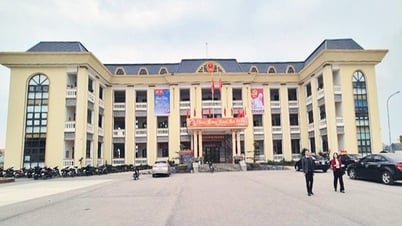

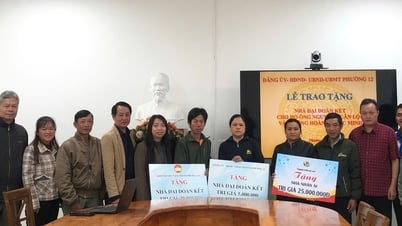

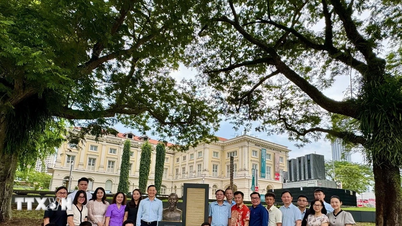

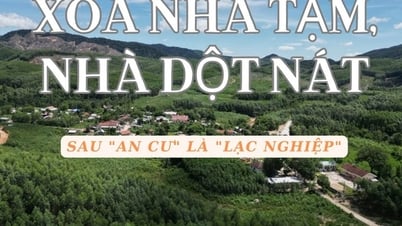
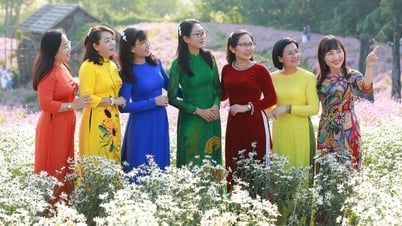






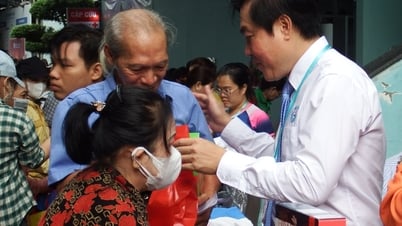


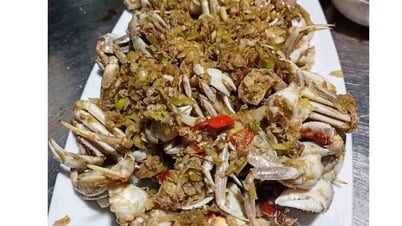















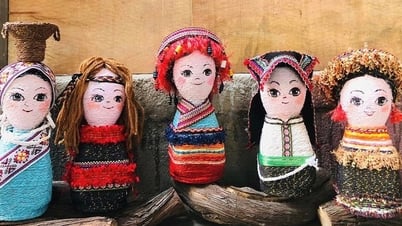








![[Maritime News] Wan Hai Lines invests $150 million to buy 48,000 containers](https://vphoto.vietnam.vn/thumb/402x226/vietnam/resource/IMAGE/2025/6/20/c945a62aff624b4bb5c25e67e9bcc1cb)


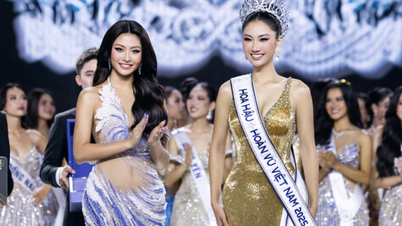






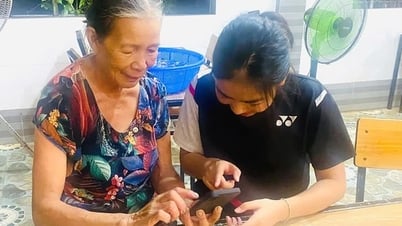

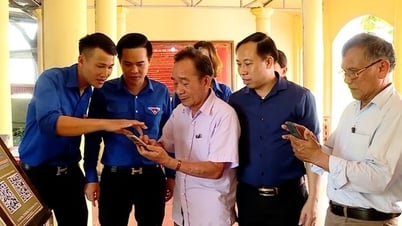
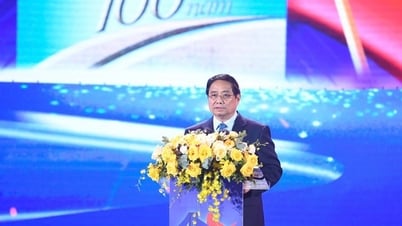

![[Infographic] Party Committee of the Ministry of Culture, Sports and Tourism: Marks of the 2020 - 2025 term](https://vphoto.vietnam.vn/thumb/402x226/vietnam/resource/IMAGE/2025/6/22/058c9f95a9a54fcab13153cddc34435e)







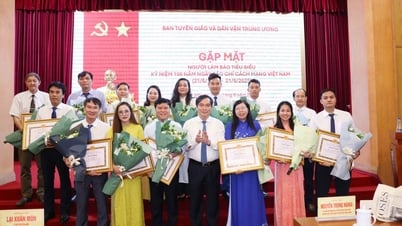
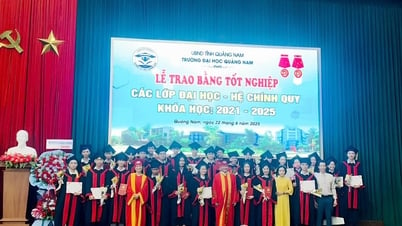


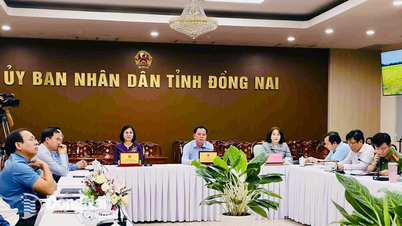











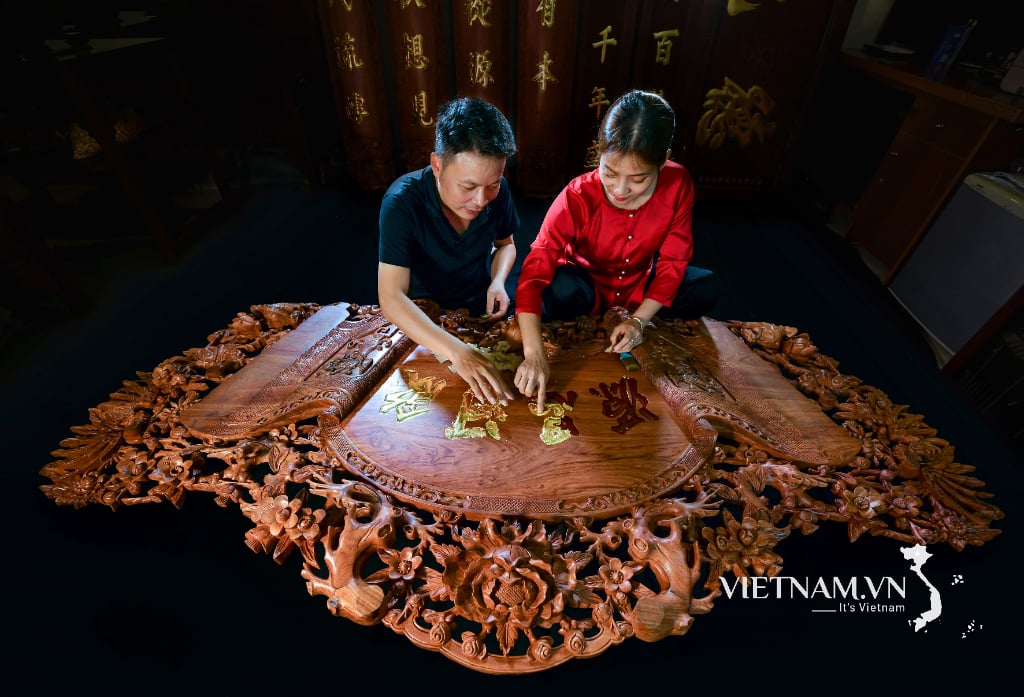
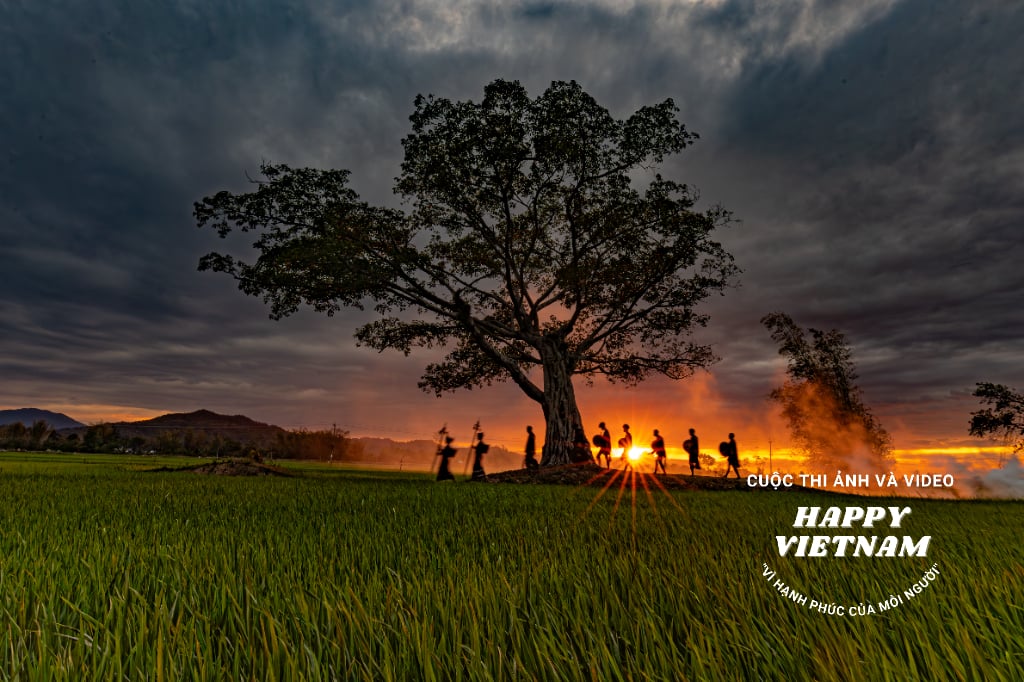

Comment (0)